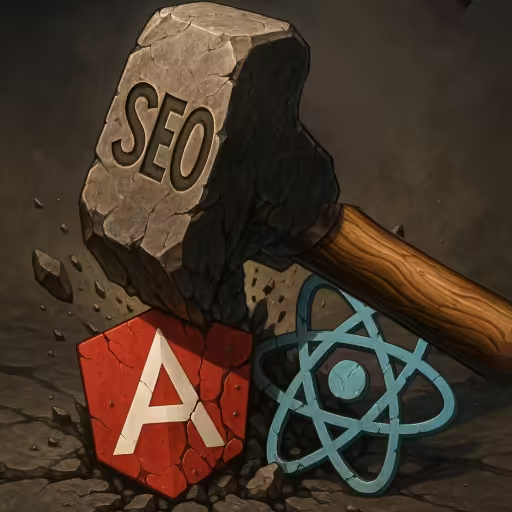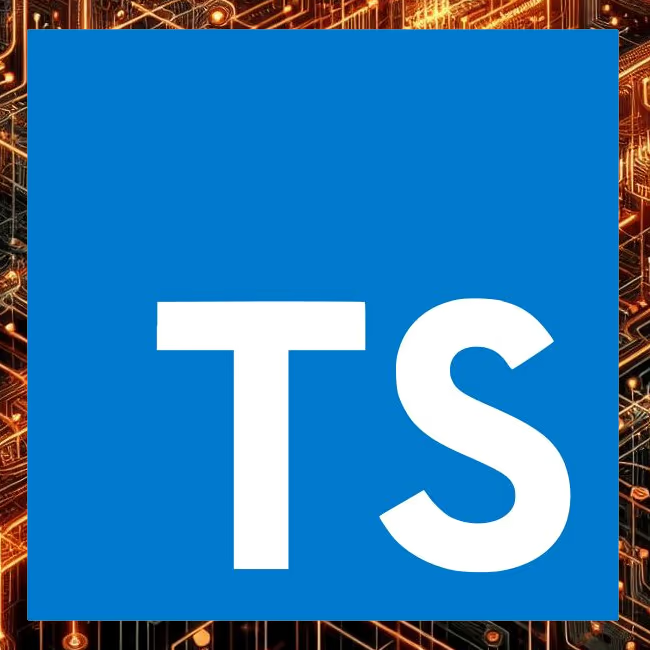Why Programming Language Elitism is Outdated: Use the Right Tool for the Job
In every corner of the software world, language wars rage on. Whether it's Python vs C++, JavaScript vs TypeScript, Golang vs Rust, or developers belittling others based on their language of choice, the tech industry has a long history of tribalism. As some seasoned developers have pointed out: this mindset is as outdated as punch cards.
Many older developers have started out their careers writing PL/C on punch cards for IBM 370 systems, and continuing to code professionally in C, C++, Java, Python, JavaScript, APL, Ruby, and more. Their message was clear: "Programming language snobbery accomplishes nothing. Use the right tool for your specific job".
The Evolution of Programming Tools
There was a time when high-level languages were ridiculed. Assembly language programmers looked down on those who dared to write in C. The same elitism persists today, just dressed differently.
The truth? Every language has strengths, weaknesses, and appropriate use cases. You wouldn't build a real-time operating system in Python, nor would you prototype a machine learning model in Assembly. Choosing the right language based on context is what separates experienced developers from keyboard warriors.
As the legendary Edsger Dijkstra warned, "Premature optimization is the root of all evil." And choosing a lower-level language for the sake of performance, when that performance isn't needed, costs time, money, and maintainability.
TIOBE Index: Programming Languages by Popularity & Use Case (2025)
Based on the TIOBE Index for July 2025, here are the most popular programming languages today, their typical use cases, and where they shine or fall short:
| Language | Popularity Rank | Strengths | Common Use Cases | Where It's a Bad Fit |
|---|---|---|---|---|
| Python | 1 | Easy to learn, vast libraries, rapid development | AI/ML, web backends, scripting, automation | OS development, low-level systems |
| C++ | 2 | High performance, system-level access | Game engines, embedded systems, performance-critical apps | Rapid prototyping, beginner-friendly apps |
| C | 3 | Portability, raw control over hardware | Operating systems, embedded software | Complex applications needing rapid iteration |
| Java | 4 | Cross-platform, enterprise-scale, stability | Web servers, Android apps, enterprise systems | Low-latency, hardware-near tasks |
| C# | 5 | Strong IDE support, cross-platform with .NET | Desktop apps, game dev with Unity, enterprise software | Low-level system programming |
| JavaScript | 6 | Ubiquitous for web, event-driven | Frontend web apps, serverless, Node.js apps | Systems programming, high-performance computing |
| Go | 7 | Fast compile, concurrency support | Cloud services, microservices, networking tools | Complex GUIs, highly dynamic apps |
| Visual Basic | 8 | Easy for beginners, legacy enterprise apps | Legacy desktop apps, simple automation | Modern web/mobile development |
| Delphi/Object Pascal | 9 | Rapid GUI development, legacy systems | Windows apps, embedded systems (legacy) | Modern web development, large-scale systems |
| Fortran | 10 | Numerical computing, scientific precision | Scientific computing, simulations | Web, mobile, general-purpose apps |
| Ada | 11 | High-reliability, safety-critical systems | Aerospace, defense, mission-critical software | General software, startup MVPs |
| SQL | 12 | Data manipulation, queries | Databases, reporting, data pipelines | Application logic, full-stack development |
| Perl | 13 | Text processing, system scripting | Legacy web apps, server automation | Modern web apps, large-scale systems |
| R | 14 | Statistical analysis, data visualization | Data science, academic research | General-purpose programming |
| PHP | 15 | Rapid web development, wide hosting support | Web backends, CMS systems (WordPress) | System-level programming |
| Scratch | 16 | Visual programming for education | Teaching kids programming fundamentals | Professional software development |
| MATLAB | 17 | Numerical computing, prototyping | Engineering simulations, control systems | General-purpose software |
| Rust | 18 | Memory safety, modern systems programming | Embedded systems, OS development, high-performance software | Rapid web development, beginner projects |
| Assembly | 19 | Ultimate control, performance | Low-level firmware, performance tuning | Large applications, maintainable code |
| COBOL | 20 | Legacy finance systems, stability | Banking, government, legacy apps | Modern apps, dynamic environments |
Popularity data sourced from TIOBE Index July 2025.
Why Premature Optimization is the Root of All Evil
Edsger Dijkstra's famous warning that "premature optimization is the root of all evil" remains as relevant as ever, especially in today's fast-paced software development environment. But what exactly does it mean, and why does chasing performance too early backfire?
1. Sacrificing Clarity for Marginal Gains
Focusing on optimization before a system's functionality is solid leads to convoluted, hard-to-maintain code. Readability and simplicity often suffer, making future development and debugging far more painful than the minor performance benefits justify.
2. Solving Problems That Don't Exist Yet
Developers often spend hours micro-optimizing sections of code based on assumptions rather than facts. Without real-world profiling data, it's impossible to know where the bottlenecks lie. Optimizing the wrong parts wastes time and introduces unnecessary complexity.
3. Flexibility Loss in Changing Projects
Most projects evolve—requirements shift, priorities change. Optimizing too early for specific scenarios locks the code into rigid patterns that may not align with future needs. This rigidity hampers innovation and slows down feature development.
4. False Sense of Progress
Premature optimization feels productive because you're "improving" code, but in reality, it's busywork. Real progress comes from delivering features, validating user needs, and iterating based on feedback—not squeezing out nanoseconds of runtime that users never notice.
5. Performance in the Wrong Context
Modern computing power, scalable cloud infrastructure, and smarter compilers mean that many performance gains come "for free." Spending excessive time hand-tuning code is often redundant, especially when higher-level, maintainable solutions meet the business requirements.
6. Burnout and Developer Frustration
Endlessly chasing low-level performance tweaks can demoralize teams, especially when deadlines loom. It's better to focus energy on shipping functional, reliable software, optimizing only when measurable problems arise.
In short: prioritize building correct, maintainable, and adaptable code. Optimize deliberately, based on data, when and where it truly matters.
Why Language Elitism Hurts Teams
- Slows down productivity: Forcing lower-level languages when rapid prototyping is needed wastes time.
- Demoralizes developers: New programmers entering the industry often feel unwelcome in elitist circles.
- Ignores the business goal: Software exists to solve problems. The best language is the one that gets the job done, reliably and efficiently.
- Technical debt risks: Using "overkill" tools adds complexity without real-world benefit.
A pragmatic mindset beats tribal loyalty every time.
Conclusion
The history of software development shows us that every generation faces the same cycle: a new tool arrives, old-school developers scoff, eventually practicality wins out.
Whether you're writing a microcontroller firmware in Assembly, building a machine learning model in Python, or crafting a web app with JavaScript, the same rule applies: Use the right tool for the job.
Programming isn't about proving superiority through syntax. It's about solving problems efficiently, building maintainable systems, and respecting the time constraints we all face.
So, the next time someone sneers at your language of choice, remember: they probably wouldn't have survived the punch card era.












